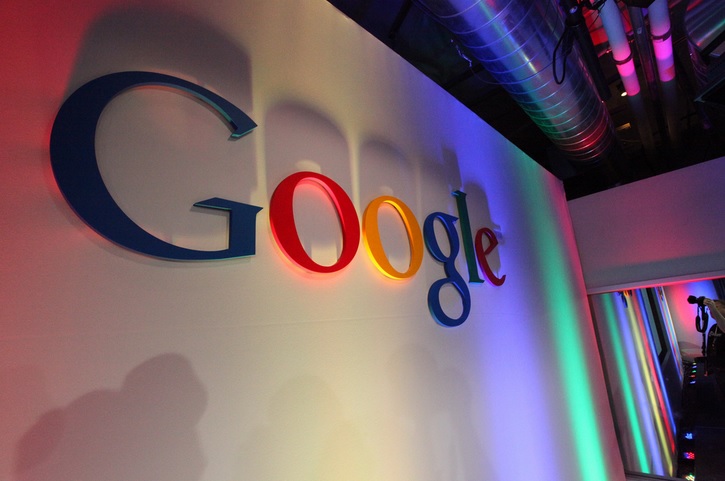By Vishal Sankhla, Co-Founder of Viralheat
When Google+ was first released 2011, I was one of the many people who followed it blindly into the new frontier. “Google is a great company,” I thought. “This digital god and ruler of Internet can do no wrong!”
But as months rolled by, the hype died down and what once appeared to be a killer app soon turned into a swift disappointment. In fact, Google+ still limps along with less social shares than even LinkedIn, despite having nearly 200 million more users. What initially granted access like an exclusive club turned out to be so exclusive that no one wanted in anymore.
However, Google+ still holds the keys to a bright future despite a rocky start and direct competition with social media powerhouse Facebook.
Not convinced? Here’s why …
Google has more properties
Google+’s largest advantage over other networks is that it comes with so many extra goodies. While Facebook’s acquisition of Instagram was a great play to secure the top spot in photo sharing, it is far behind the amount of resources that one Google account provides. Google+ is backed by the largest search engine online, Gmail, YouTube, and many more services.
The integration of these products into social networks is inevitable. In fact, YouTube now requires a Google+ account to post comments. If this is any indication, more and more users will be required to sign up for a Google+ account in order to use each Google product to its full extent.
Google+ is an all-in-one social network
Even without outside help from Google’s other properties, Google+ combines a little bit of every other social tool into its own platform. A Google hangout is essentially a free and upgraded alternative to Skype — the smooth HD chat feature is available to anyone with a Google+ account. The implementation of hashtags into its search functions mirrors a feature made famous by Twitter. Google+’s post layouts are similar to those in Facebook, it supports visual Pinterest-like communities, and it even incorporated a Yelp-esque ‘Local’ integration with Google maps.
Adding all of these features into one comprehensive network allows Google+ to be a one-stop shop for all things social. By combining the best parts of other social products into one network, Google is creating a quilted social network to become a superior whole.
Google Does the Ranking
Although there is a highly contested argument about whether social shares, retweets, pins, and “+1’s” affect SEO, one thing can be certain: Google calls the shots. Sure we’ve been assured that “+1’s” from Google accounts (and other social shares for that matter) don’t determine SEO, yet there is no doubt that viral content on Google+ vastly improves page rank.
And that’s not all.
Soon, content creators will affect SEO just as much as the content itself. Author rank, a new method of tagging created content and articles by creator, has potential to be a determining factor in what content makes it to page one of a search. The more connected and credible the author is, the more likely his or her content will be featured first. Currently there is no direct link between author rank and page rank, but it’s only a matter of time before author rank determines placement as more writers adopt this new tag.
And how do you get an author tag? You guessed it, through a Google+ account.
Facebook is Losing Steam
The real benefit for a network that’s lower on the social food chain is that it has room for improvement. Facebook, on the other hand, can only move down from its number one spot. Despite the fear of following a similar path to Myspace’s fall from grace, Facebook says it’s not worried about ‘being cool’.
This gives Google+ an edge. Facebook is brushing off the one thing that made them popular: the allure of teens and college students. Without that target demographic as its focus, Facebook has turned to poorer nations to increase traffic. As the heat of Facebook dies down in the U.S., it is only a matter of time until the teens and twenty-somethings migrate to another social network, making it the dominant platform in America.
Google+ still has a lot of hurdles in its quest to capture a large, engaged audience. In spite of its sleek design, mobile app, and diverse functionality, Google+ is still struggling to find the ‘it factor’ that makes it a serious contender among social platforms. This could be because of a few different factors: its lack of 3rd party support, as Google+ still has not released a full read/write API for personal pages; the absence of games to keep people engaged; or maybe it’s just a simple matter of time until people migrate from other platforms.
Regardless, the days when Google+ wasn’t considered a threat are long gone. And businesses are finding that there are a lot of benefits to implementing Google+ into a social media marketing plan when used strategically, proving that time after time when it comes to all things Internet, Google is top dog.
VentureBeat's mission is to be a digital town square for technical decision-makers to gain knowledge about transformative enterprise technology and transact. Learn More

